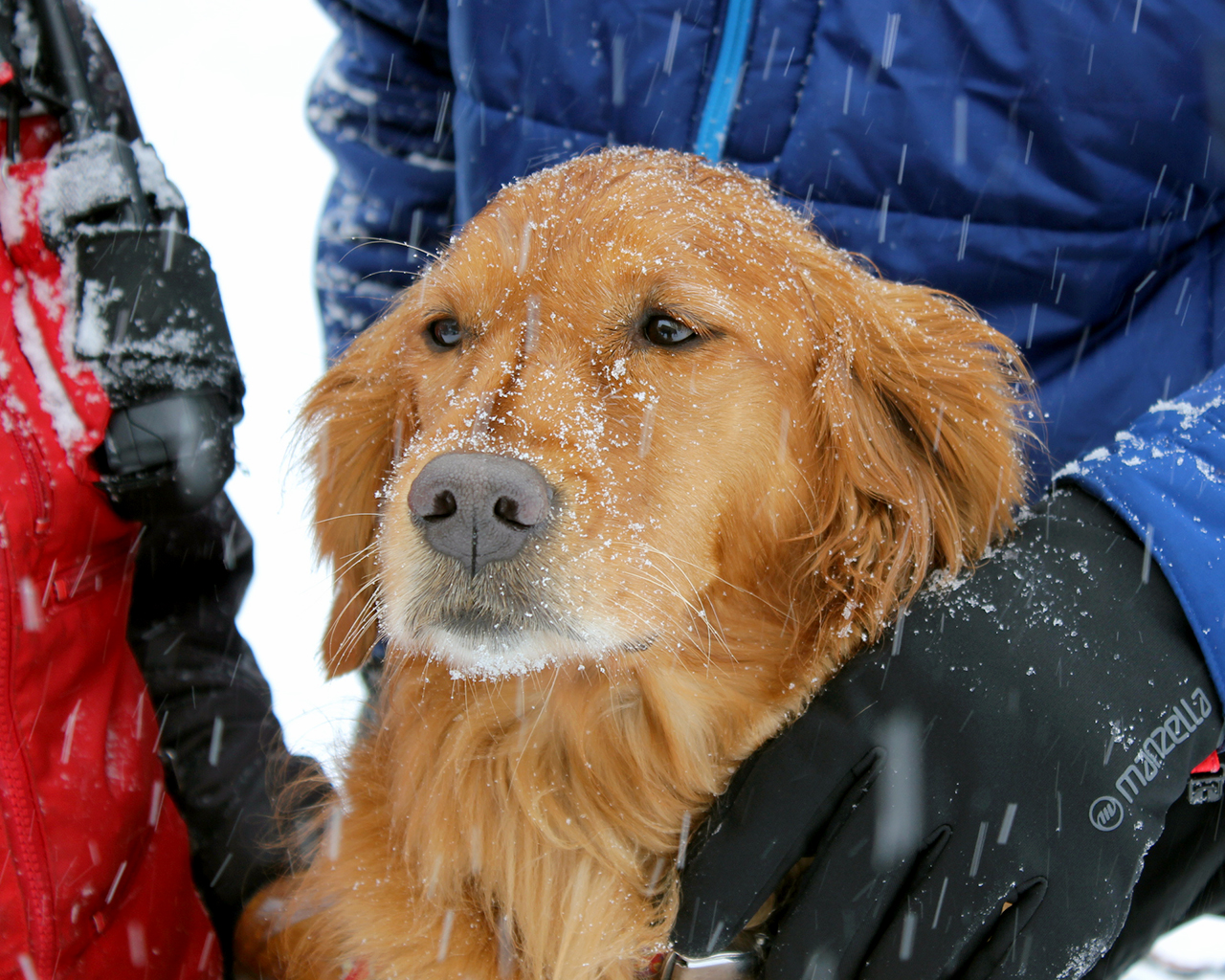Buried Alive in an Avalanche: On the Scene with Avalanche First Responders
What it's like to be rescued by avalanche first responder teams out West.
Feb. 12, 2014— -- Winter in the Rockies offers some of the best conditions in the world for winter sports, but this is also avalanche country, where a small trigger can turn a leisurely ski run into a life-threatening disaster.
Just this week, two backcountry skiers were killed and two others were seriously injured when an avalanche hit Oregon's Wallowa Mountains.
As with many ski resorts out West, Copper Mountain ski report in Frisco, Colo., has a team of avalanche rescue experts who bravely take on one of Mother Nature's most powerful natural forces to save lives.
ABC News was invited out with avalanche rescue teams to experience rapid-fire responses first hand, and even what it feels like to be buried alive under six feet of snow in a simulated avalanche.
Colorado has one million acres of avalanche terrain, mostly in the backcountry, places roads don't go. So when disaster strikes, Flight for Life Colorado gets a call and dozens of avalanche rescuers assemble, taking a helicopter up over the snowy mountainsides, 13,000 feet up, to survey the scene.
"We can get to a real remote location in a matter of minutes, whereas a hiking team would take hours, a snowmobile would take an hour, if you could even get a snowmobile up there," said Flight for Life Colorado's Patrick Mahaney.
How to Avoid Avalanche Risks While Being Awesome on the Slopes
The chopper can put Amanda Slater of the Copper Mountain Ski Patrol, and her golden retriever, Recco, on the scene of an avalanche in a matter of minutes.
With the deaths this week, at least 12 people have died in avalanches in the United States this winter, and statistics suggest roughly 16 more will die before the season ends.
Edwin LaMair was almost one of them. His brother, Davis, was recording their ski run in Colorado's backcountry this past December when Edwin was suddenly swept away in an avalanche. As snow swallowed him up, Edwin LaMair said he could barely breathe as the compressed snow trapped him like hard cement. His brother dug him out and he survived.

John Reller of the Colorado Rapid Avalanche Deployment Team has been rescuing avalanche victims for nearly three decades. If victims aren't found after 15 minutes, their chances of surviving drop rapidly, so avalanche teams know their work is deadly serious.
"You can try to swim, fight to stay on the surface, try to grab a tree, there are some avalanches where you can't do a thing," Reller said. "You're at the power of the avalanche and you're just along for the ride. Your best bet is education and equipment and not being at the wrong place at the wrong time."
Some people have been saved by new technology, including backpack airbags and emergency beacons, which greatly increase their chances of being found. But avalanche experts say the key to surviving avalanches or any risky activity is understanding that the gear won't always save you.
"The most important thing is your decision," Reller said. "Your equipment doesn't give you invincibility, it gives a lot of people the sense of protection and puts them into positions they wouldn't have gone into otherwise."




